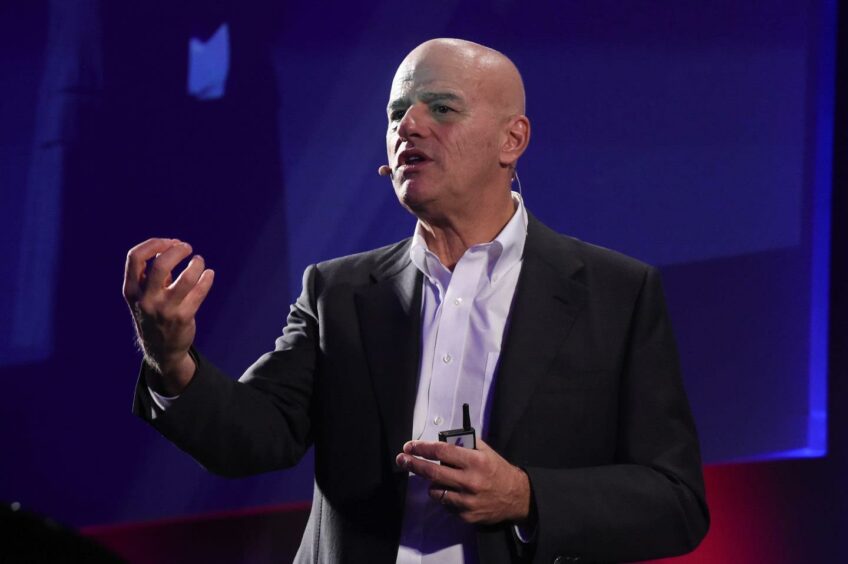
Africa will play a critical role in providing more supply for Eni’s portfolio, CEO Claudio Descalzi set out during the company’s capital markets day.
Eni aims to boost production to 1.89 million barrels of oil equivalent per day by 2025, from 1.68mn boepd.
Descalzi highlighted progress at Cote d’Ivoire’s Baleine, Congo LNG and Coral Sul in Mozambique as playing a major role in this.
Eni aims to have 14 projects starting up to 2025, of which half will be in Africa.
This year, start ups include Agogo phase 2 in Angola, Coral Sul FLNG and Berkine South in Algeria. These will start up in the second half of the year, with production of 29,000 boepd, 106,000 boepd and 49,000 boepd gross respectively.
The Congo LNG plan, in Marine XII, will start up in 2023 as will the first phase at Baleine.
Eni also intends to start up production at the A&E project in Libya in 2024, which will ramp up to 205,000 boepd of gas. Following this, the Melehia phase 2 project in Egypt should come online in 2025.
Go to gas
“Exploration is the foundation of our high value upstream,” Descalzi said, “and is the key enabler to our more gas rich portfolio. We have discovered 12 billion barrels of oil equivalent over the last 10 years, of which 80pc is gas.”
The company will continue to focus its exploration in low-risk areas near to infrastructure. This provides a “fast time to market and low development and operational costs”, Descalzi said.
Eni is eager to secure additional gas production in response to current demand. It is this drive that saw Eni take final investment decision (FID) at its Congo LNG project earlier this year. It is exploiting this gas resource through flexible modular LNG.
“We are sending to Europe all the gas we can find. We have found a huge amount,” Descalzi said.
The company is “well positioned to supply key markets. We expect to reach more than 15 million tonnes per year of LNG in contracted volumes by 2025”.
Descalzi highlighted Damietta, in Egypt, as set to reach full utilisation.
“We have immediately started working with other strategic partners to fast track gas supplies through existing pipelines and LNG.”

